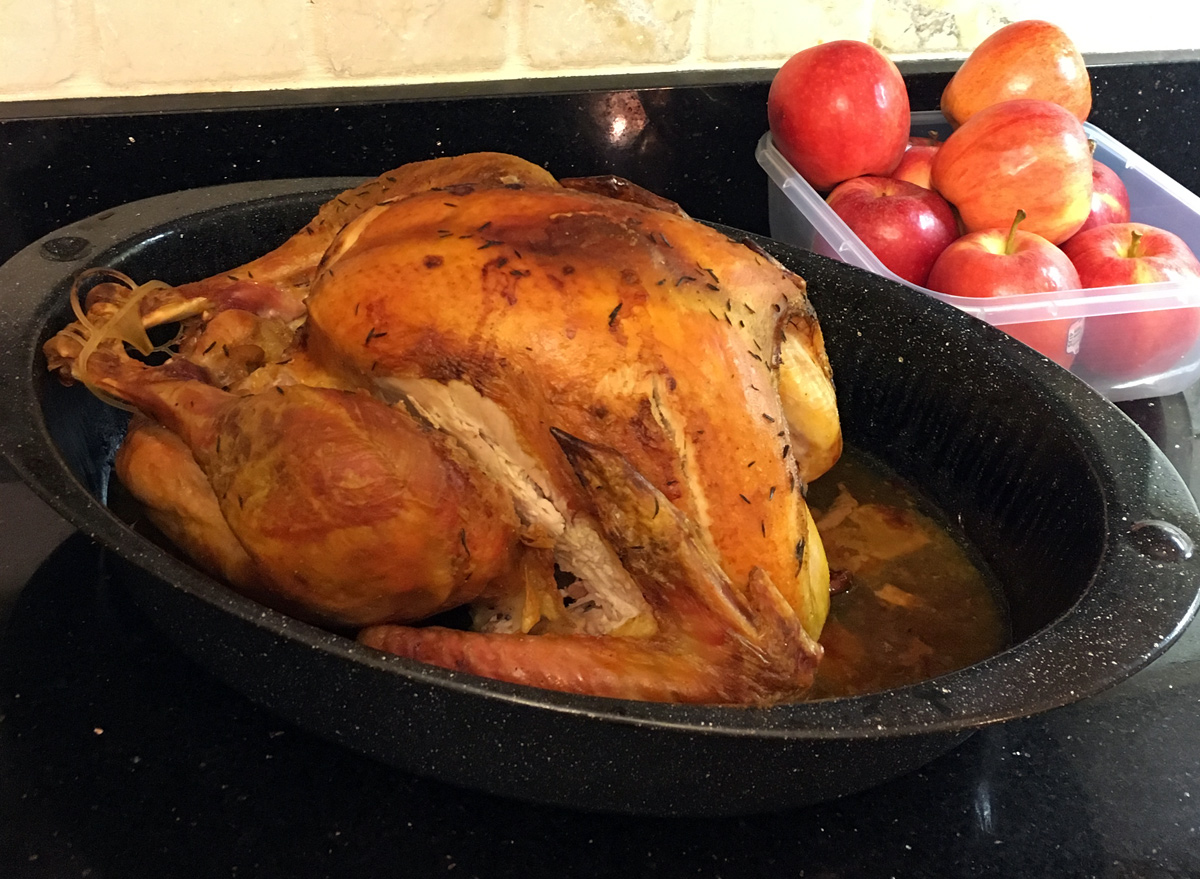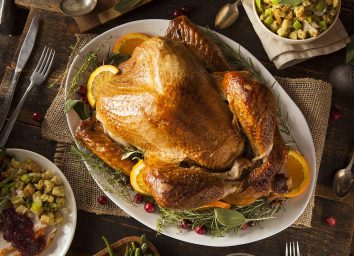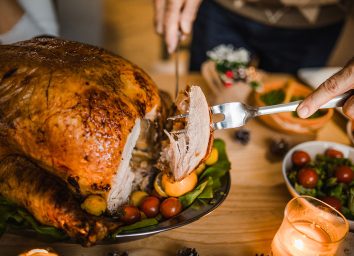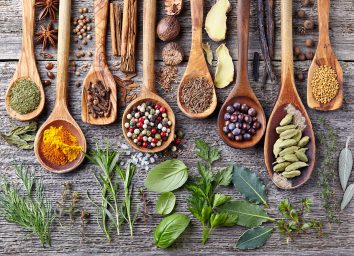How to Season a Turkey, According to a Chef

It’s officially that time of year again: Hats and gloves are making a comeback, fall foliage is transforming your neighborhood (or maybe you’ve even had some snow already), and you’re almost ready to host the whole family for the holidays.
We get it though: It can be nerve-racking to be in charge of the big bird (aka the turkey). Got the sweats just thinking about it? Cooking for a crowd is no easy feat—especially when a giant bird is involved—but there are a few ways to ensure you don’t mess up the holiday centerpiece. To make sure you impress your guests with a perfectly cooked bird this year, we consulted Chef Rodney Freidank of Soby’s New South Cuisine in Greenville, South Carolina. He shared his top tips for how to season a turkey—and the biggest mistakes people make with it—so you can make sure your bird is the best.
How to season a turkey
One of the easiest ways to ruin a perfectly good turkey is to under-season it, which is why Freidank follows this simple seasoning step to ensure you season it the right way.
“Make sure to rub a little olive oil or melted butter on the skin, and then season the turkey liberally with kosher salt and fresh cracked black pepper,” Freidank says. “Season the inside and bottom, too. Place a few sprigs of rosemary, fresh thyme, and garlic cloves inside the cavity with a couple of cut-up lemons. Since the turkey cooks for a long time, these aromas will work their way into the meat without overpowering it.”
And remember, just as under-seasoning the bird can leave you with a lackluster meal, over-seasoning can also ruin the experience.
“Don’t go crazy with the dry herbs—they can be overpowering. Keep the seasoning simple with plenty of salt and pepper and a few herbs and aromatics stuffed into the cavity,” Freidank says.
One last thing: Cooking a turkey is a true feat that takes a ton of prep work, so make sure you don’t accidentally overcook your prized centerpiece.
“Cooking a turkey isn’t easy, as the breast wants to dry out before the legs and thighs are cooked,” Freidank says. “Make sure to use a meat thermometer to determine when the bird is cooked. Take the temperature in the thigh without touching the bone. If it gets to 165 degrees Fahrenheit, then pull out your turkey, cover it with foil, and let it rest for 30 minutes (yes, it will still be hot).”
Now that you know how to cook a Thanksgiving turkey, mix the leftovers with mayo, mustard, paprika, and cayenne for a delicious and protein-packed turkey salad!







